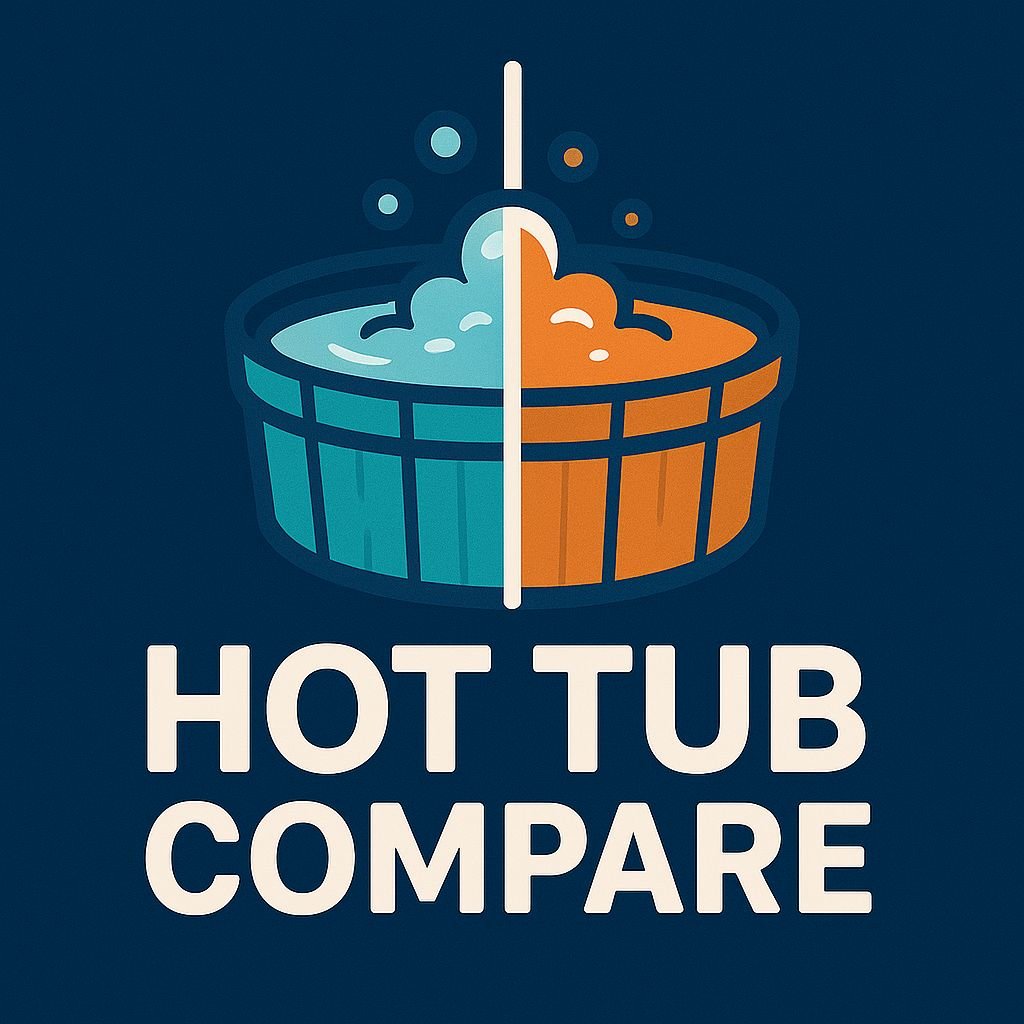Hot Tub Buyer’s Guide: What to Know Before You Buy
Buying a hot tub isn’t like picking up a new lawn chair or barbecue grill. It’s a major purchase that blends comfort, engineering, and long-term upkeep. A well-chosen spa can become a centerpiece of your home for years, but the wrong choice can leave you with a money pit that you regret. This guide will walk you through everything you need to know before investing in your hot tub from size and style to hidden costs and brand reliability.
Finding the Right Size and Seating
The first decision is size. Hot tubs range from compact two-seaters designed for couples to sprawling models that can handle six to eight people at once. A smaller tub fits easily in a tight patio or deck and often comes with a lower price tag and easier maintenance. Medium-sized models, which seat four or five, are the most common and strike a balance between space and energy use. Larger tubs cater to families and frequent entertainers, but keep in mind they are more expensive to run, take up significant space, and require stronger foundations.
It’s not just about how many people the tub holds, it’s about how comfortable it is when in use. Seating depth, arrangement, and the quality of the jets all affect your experience. If possible, sit in a showroom model before buying. Comfort can’t always be judged from pictures online.
Hot Tub Types and What They Offer
Hot tubs come in several categories, each with advantages and drawbacks. Inflatable models are the easiest entry point. They’re portable, lightweight, and affordable, making them appealing to first-time buyers. However, they don’t provide the same insulation, power, or lifespan as permanent models.
Acrylic hard-shell hot tubs are the gold standard. They’re sturdy, well-insulated, and come with strong pumps and jets designed for true hydrotherapy. These are long-term investments, often equipped with advanced features like digital controls, LED lighting, or built-in audio systems.
There are also “plug-and-play” hot tubs, which operate on a standard 110v outlet. They’re easier to set up and don’t require professional wiring, but the reduced power limits jet strength and heating speed. At the top of the spectrum are swim spas, oversized tubs designed not just for soaking but also for exercise. They’re versatile but cost significantly more and require major space commitments.
Features That Actually Matter
Hot tubs are marketed with long lists of features, but not all of them add value. The number of jets is often overemphasized, more jets doesn’t necessarily mean better therapy. Instead, focus on jet placement and the quality of the pump system. Good insulation is another feature that makes a huge difference over time. A well-insulated tub retains heat more effectively, lowering your monthly energy bills.
Covers are a non-negotiable item, not only for keeping out leaves and debris but also for trapping heat when the tub is not in use. Modern digital controls make adjusting temperature and jet settings simple, while extras like LED lighting, waterfalls, or Bluetooth speakers are nice-to-have features that enhance the vibe but aren’t essential to performance.
The True Costs of Ownership
The sticker price is only part of the investment. Hot tubs come with ongoing costs that catch many first-time buyers off guard. Water treatment chemicals typically run between $15 and $30 a month, while electricity bills can increase by $40 to $80 depending on your climate, insulation, and tub size. Filters need to be replaced annually, and covers wear out every three to five years.
Repairs are another reality. Pumps, heaters, and control panels don’t last forever, and while warranties help, they don’t cover every scenario. A smart buyer should budget at least a couple hundred dollars a year for general upkeep and unexpected fixes. That said, higher-quality tubs with energy-efficient systems can save money over the long run, even if the upfront cost is higher.
Installation and Placement
Location is critical. A hot tub must be placed on a flat, stable, and reinforced surface. Concrete pads are common, but a reinforced deck may also work if it’s properly built to handle the weight. Always leave enough clearance around the tub for maintenance access and cover lifters.
Electrical setup is another factor. Smaller plug-and-play tubs may work with a standard outlet, but larger acrylic models often require a 220v connection and professional wiring. Don’t overlook privacy, either. Screens, fencing, or landscaping can make your hot tub area feel like a retreat instead of a fishbowl.
Brands Worth Knowing (and Avoiding)
Not all brands are created equal. Established names like Jacuzzi, HotSpring, Sundance, and Bullfrog are known for reliable build quality, strong warranties, and widespread availability of replacement parts. On the inflatable side, companies like Coleman and Intex offer affordable entry-level options that perform well for the price.
Be cautious of unbranded imports or deals that seem too good to be true. A hot tub without reliable customer support or warranty coverage can leave you with expensive headaches down the road. Always read the fine print of the warranty, what’s included for the shell, pumps, and heater matters more than a flashy brochure.
Final Thoughts Before You Buy
Buying a hot tub is equal parts lifestyle upgrade and financial commitment. Rushing into the decision based on looks or a low price often leads to regret. The smartest buyers take the time to evaluate their needs, their space, and their budget—not just for the purchase but for the years of ownership that follow.
If you’re ready to compare models, dive into our detailed hot tub reviews. They break down exactly how today’s top tubs perform in real-world conditions, so you’ll know which ones are worth your investment and which ones fall short.
